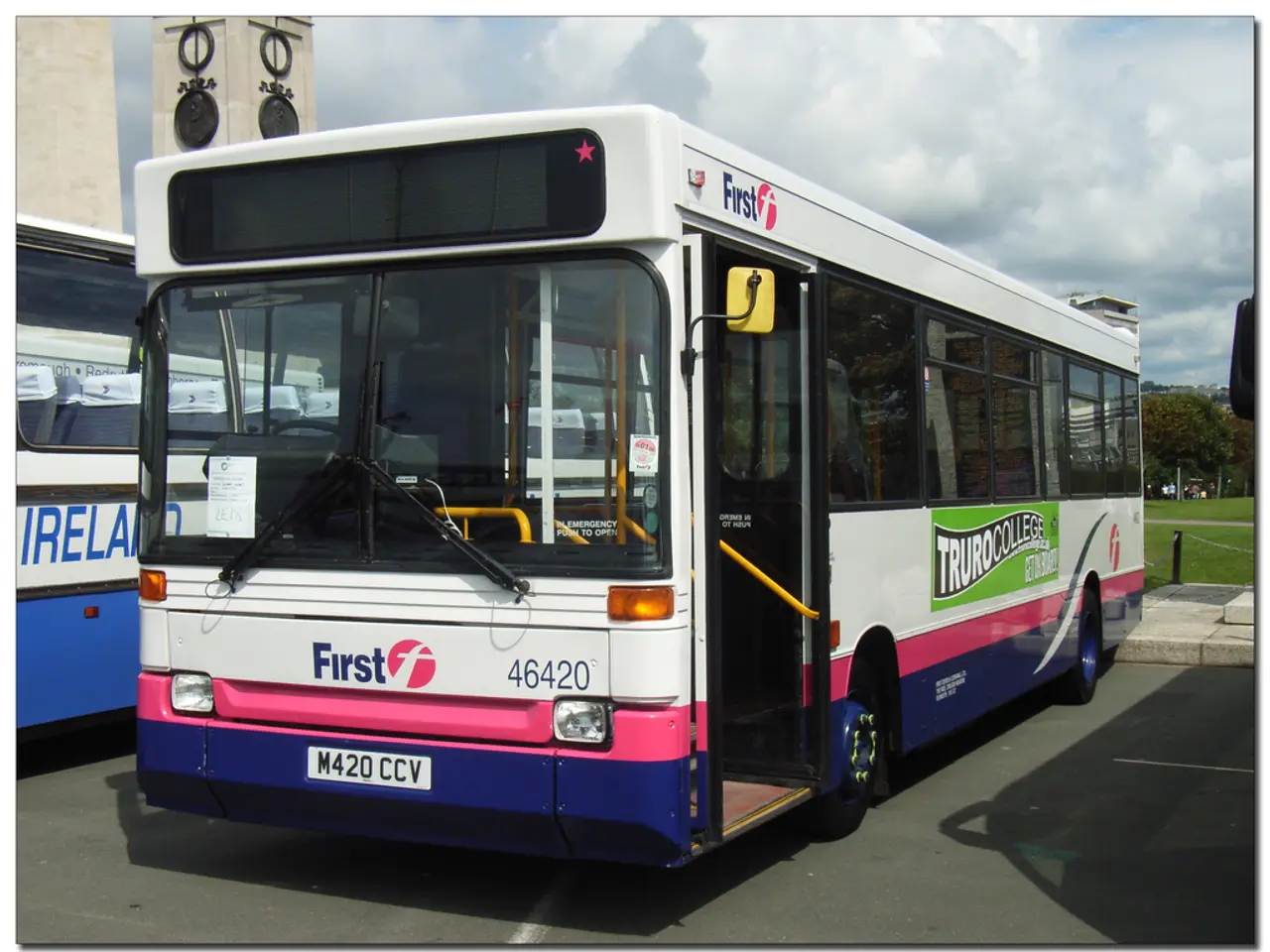Enhancing Cellular IoT Solutions with On-Demand Virtualised Packet Gateways
In the rapidly evolving world of 5G and beyond, the adoption of virtualised edge Packet Gateways (P-GWs) is becoming increasingly prevalent in mobile network operations. These virtualised P-GWs offer numerous benefits that are transforming the way mobile network operators (MNOs) manage their networks.
By virtualising the P-GW, operators can run the gateway as software on commercial off-the-shelf servers, eliminating the need for specialized hardware. This shift not only reduces capital and operational expenses but also enables easier integration with third-party network components and facilitates rapid scaling to respond to varying traffic demands [1].
One of the key advantages of virtualised P-GWs is their ability to support high-bandwidth applications and network slicing techniques associated with 5G. They also improve network agility and service innovation by enabling faster deployment of new features and upgrades through software changes rather than hardware replacements [5].
Deploying virtualised P-GWs closer to the network edge as part of a distributed User Plane Function (UPF) architecture reduces latency and increases responsiveness, which is crucial for emerging real-time applications like augmented reality, autonomous vehicles, and industrial automation [2]. This edge deployment enhances network performance and flexibility, allowing operators to manage growing data volumes cost-effectively and tailor services to meet diverse consumer and enterprise needs [2].
Integration with acceleration technologies, such as DPDK and FPGA-based hardware offload, further enhances data plane throughput and efficiency in virtualised environments, ensuring high performance without sacrificing the benefits of virtualisation [3].
From the perspective of a partner network operator, the same virtualised agility means that multiple P-GWs can be supported as part of their commercial relationships with different overseas MNOs, MVNOs, or device OEMs or service providers. Automatic capacity scaling, centralised monitoring and analytics, and policy-driven configuration and updates can be applied consistently across an estate of edge P-GWs distributed around the world [4].
Virtualised edge P-GWs can efficiently support diverse use cases, especially in 5G and IoT, by enabling tailored performance, faster service rollout, and simplified operations via automation and orchestration managed by third-party providers. When deployed alongside a distributed core network for IoT, they can meet growing demands for low latency, scalability, and cost-efficiency in multi-country IoT deployments [6].
The deployment of virtualised edge P-GWs supports multi-country IoT deployments by reducing the distance data must travel and improving performance. They can also help achieve regulatory compliance by enabling local data processing and storage, reducing the need to transfer data across borders [7].
Offering virtualised edge P-GWs as a service allows operators or enterprises to consume it on-demand, with the P-GW managed by third parties or platform providers. A panel discussion on virtualised edge P-GW propositions will be held on 11 September, 2025, featuring Transforma Insights, Stacuity, and selected special guests [8].
In summary, virtualised edge P-GWs provide mobile network operators with reduced costs, flexible and scalable service deployment, improved network performance, enhanced security, faster innovation cycles, efficient data processing, and the ability to support diverse use cases, especially in 5G and IoT. They are a crucial component in mobile core networks, managing subscriber sessions, IP address allocation, and Quality of Service (QoS), and can be tailored to specific slices or applications with unique QoS policies.
The transformation in the industry, driven by technology, is evident as operators leverage virtualised edge Packet Gateways (P-GWs) for their finance-related decisions. These virtualised P-GWs, integrating data-and-cloud-computing algorithms, enable easier management of network components and offer scalability to respond to varying traffic demands.
As part of a distributed User Plane Function (UPF) architecture, virtualised P-GWs deployed closer to the network edge improve network performance, allowing operators to process and store data locally, thereby achieving regulatory compliance and reducing data traveling distances.




